Order from Arid Lands - aloe cancer treated plant?
juper
13 years ago
Related Stories

FEEL-GOOD HOME12 Very Useful Things I've Learned From Designers
These simple ideas can make life at home more efficient and enjoyable
Full Story
INSPIRING GARDENSNative Plants Bring 10 Southern California Front-Yard Gardens to Life
Rare plants, rain gardens and wildlife habitats are just a few of the features showcased on the 2016 Theodore Payne Native Plant Garden Tour
Full Story
KITCHEN DESIGNKitchen of the Week: Casual Equestrian Feel on a Horse Farm
Red cabinetry, salvaged barn decor and a window for feeding treats to horses combine in a lively, comfortable family kitchen
Full Story
GARDENING GUIDESHow to Get Your Prairie On
Have a field day with your landscape, even if you've got just a few modern containers on a paved path
Full Story
PETSHow to Help Your Dog Be a Good Neighbor
Good fences certainly help, but be sure to introduce your pup to the neighbors and check in from time to time
Full Story
SAVING WATERHouzz Call: Are You Letting Go of Your Lawn?
Many facing a drought are swapping turf for less thirsty plantings. If you’re one of them, we’d like to hear about it
Full Story
GREEN BUILDINGJust Add Water: Rain Barrel Magic
Take your rainwater storage from practical to beautiful with a new breed of design-friendly rain barrels
Full Story
GREAT HOME PROJECTSHow to Replace Your Lawn With a Garden
New project for a new year: Lose the turfgrass for energy savings, wildlife friendliness and lower maintenance
Full Story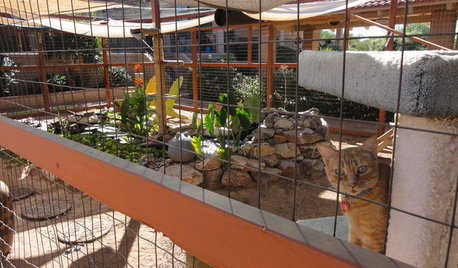
PETSSee a Deluxe 'Catio' Built for Feline Fun
Sixteen lucky cats get the run of a protected outdoor patio with ramps, steps and even a koi pond
Full Story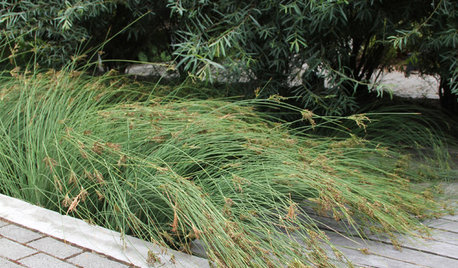
GARDENING GUIDESProtect a Precious Resource With a Rain Garden
Promote pure water and a beautiful landscape with a garden design that makes the most of the rain
Full Story





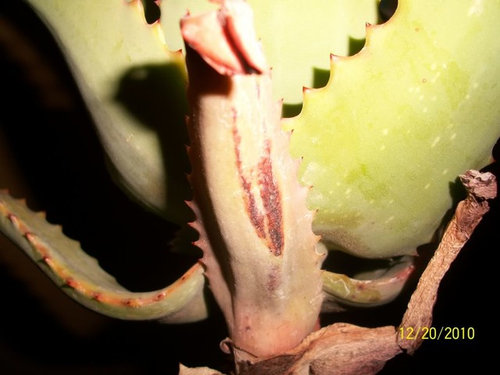
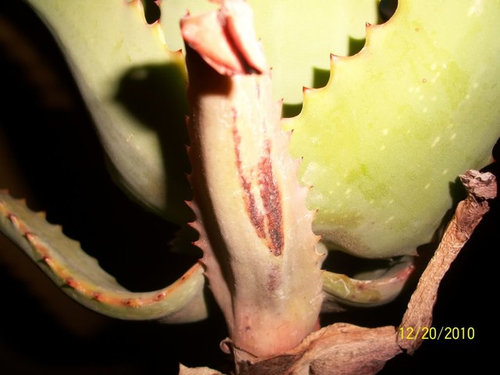
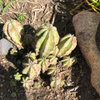
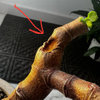

norma_2006
cactusmcharris, interior BC Z4/5
Related Professionals
Carlisle Landscape Architects & Landscape Designers · Norwood Landscape Contractors · Cary Landscape Contractors · Clark Landscape Contractors · Mason Landscape Contractors · North Plainfield Landscape Contractors · Sammamish Landscape Contractors · Welby Landscape Contractors · West Haverstraw Landscape Contractors · Janesville General Contractors · Spencer General Contractors · Fairfax Carpenters · Fair Oaks Carpenters · Coronado Decks, Patios & Outdoor Enclosures · Midwest City Decks, Patios & Outdoor Enclosureslzrddr
norma_2006
juperOriginal Author
cactusmcharris, interior BC Z4/5
norma_2006
juperOriginal Author
lzrddr
norma_2006
juperOriginal Author